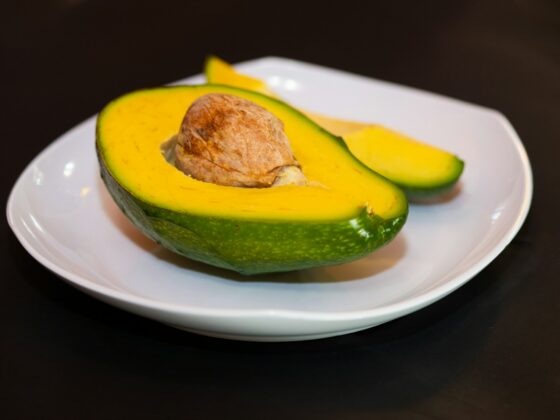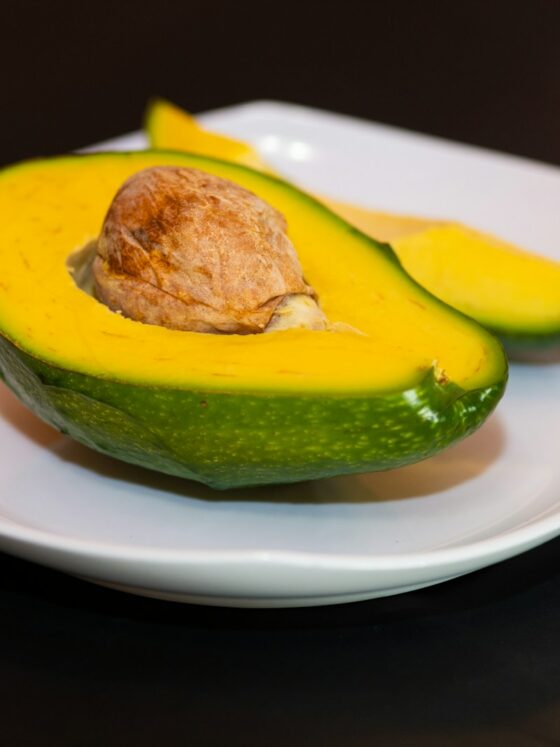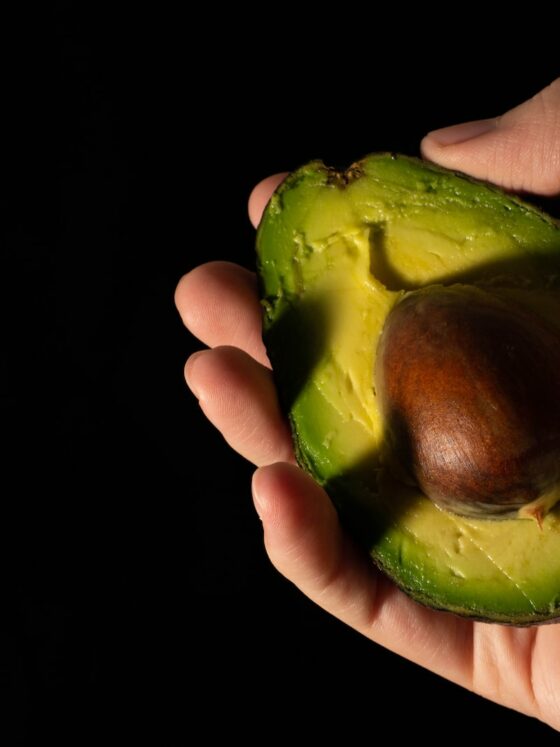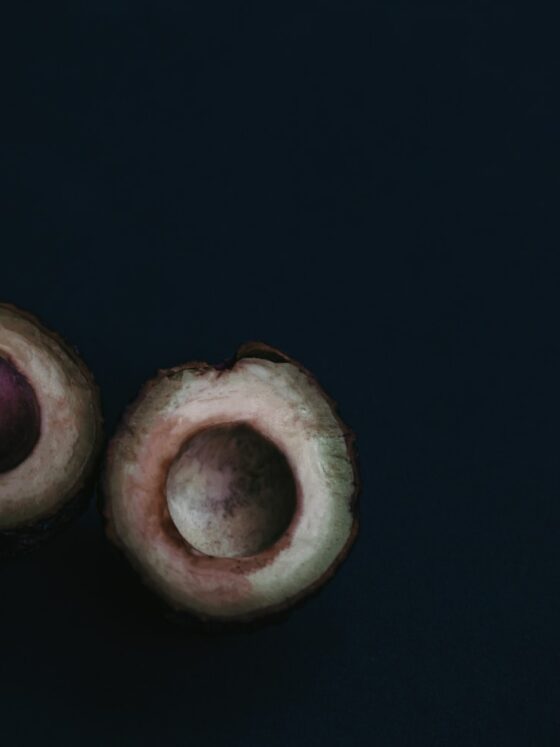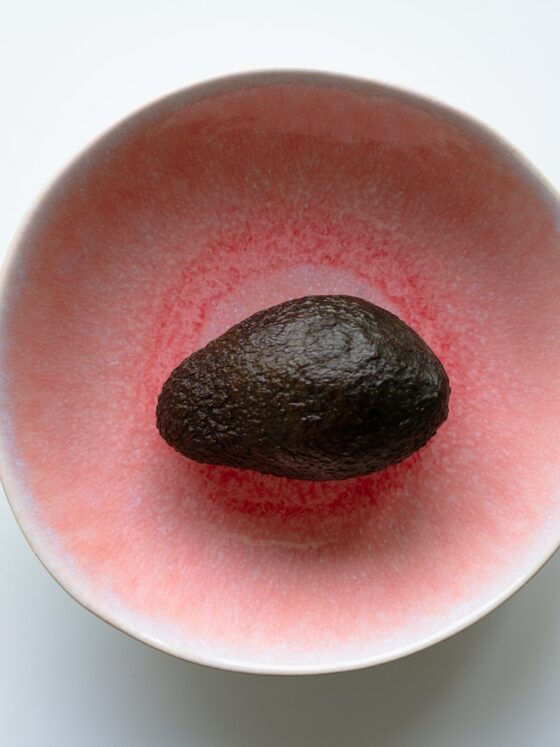Avocados are loved by many for their delicious taste and versatility. Whether mashed into guacamole, sliced on top of toast, or blended into a smoothie, avocados are a popular ingredient in many dishes. But have you ever wondered how long it takes to grow avocados?
The answer to this question depends on several factors, such as the type of avocado tree, growing conditions, and planting method. Generally, it takes avocado trees planted as saplings approximately 3 to 4 years to produce fruit. However, an avocado tree grown from seed may take up to 13 years to grow before it begins to bear fruit.
Growing avocados can be a rewarding experience, but it requires patience and attention to detail. In this article, we will explore the factors that affect the growth and fruiting of avocado trees, including the best growing conditions, planting methods, and care tips. Whether you are a seasoned gardener or a beginner, this guide will provide you with the knowledge you need to successfully grow your own avocados.
Table of Contents
Avocado Growth Fundamentals
Understanding the Avocado Tree
Avocado trees are evergreen trees that can grow up to 40 feet tall. They are native to Central America and Mexico and are now grown in many parts of the world. The avocado tree is a subtropical plant that requires warm temperatures to grow and produce fruit.
The avocado tree has a long juvenile period, which means it takes a long time to mature and produce fruit. It can take up to 13 years for an avocado tree grown from seed to produce fruit. However, avocado trees planted as saplings can produce fruit in 3 to 4 years.
Optimal Conditions for Growth
Avocado trees require specific conditions to grow and produce fruit. The following are the optimal conditions for avocado tree growth:
- Soil: Avocado trees require well-draining soil that is rich in organic matter. The soil pH should be between 5.5 and 7.0. The soil should also be moist but not waterlogged.
- Temperature: Avocado trees require warm temperatures to grow. The optimal temperature range for avocado tree growth is between 60°F and 85°F. Temperatures below 50°F can damage the tree.
- Climate: Avocado trees grow best in subtropical climates with mild winters. They are sensitive to frost and cannot tolerate temperatures below 30°F.
- Light: Avocado trees require full sun to grow and produce fruit. They should be planted in a location that receives at least 6 hours of direct sunlight per day.
- Watering: Avocado trees require regular watering to keep the soil moist. However, overwatering can lead to root rot. It is important to water the tree deeply but infrequently.
- Humidity: Avocado trees prefer high humidity levels. They should be planted in a location with good air circulation to prevent fungal diseases.
- Potting Soil: If growing an avocado tree in a pot, it is important to use a high-quality potting soil that is well-draining and rich in organic matter.
In summary, avocado trees require specific conditions to grow and produce fruit. They require well-draining soil, warm temperatures, full sun, regular watering, and high humidity levels. By providing these optimal conditions, avocado trees can thrive and produce a bountiful harvest.
Planting and Caring for Avocado Trees
Avocado trees can be grown from seed or purchased as saplings. When planting, it is important to consider the hardiness zone and the size of the tree at maturity. Avocado trees are not frost-tolerant and require warm temperatures to thrive.
Planting Your Avocado Tree
When planting an avocado tree, ensure that the pot or container is large enough to accommodate the root system. The tree should be planted in well-draining soil, and the roots should be covered with a layer of mulch to help retain moisture. It is important to avoid over-watering the tree, as this can lead to root rot.
Water, Fertilizer, and Pruning
Avocado trees require regular watering and fertilization to promote healthy growth. A six-inch layer of organic mulch around the tree can help to leach nutrients into the soil and retain moisture. Pruning can be used to shape the tree and promote fruit production. It is important to avoid pruning during periods of active growth, as this can damage the tree.
Preventing and Managing Pests and Diseases
Avocado trees are susceptible to a range of pests and diseases, including mites, scale insects, and root rot. Regular inspection and treatment can help to prevent and manage these issues. It is important to avoid using chemical pesticides, as these can harm beneficial insects and pollinators. Instead, natural methods such as neem oil and companion planting can be used to control pests and promote healthy growth.
From Seed to Fruit: The Avocado Lifecycle
Avocados are a unique fruit in that they can take several years to mature and grow. Understanding the avocado lifecycle is key to successfully growing these delicious fruits.
Germination and Early Growth
Avocado seeds are large and take a long time to germinate, sometimes up to 8 weeks. After the seed has germinated, a stem will emerge from the top of the pit, which will eventually produce leaves. During this stage, it is important to keep the soil moist but not waterlogged.
As the avocado plant grows, it will need to be transplanted into a larger pot or outside in the ground. This will allow the roots to expand and the plant to grow more robustly.
Flowering and Pollination
Once the avocado plant has matured, it will begin to produce flowers. Avocado flowers are unique in that they are both male and female, but they do not self-pollinate. Therefore, it is important to have multiple avocado trees in close proximity to ensure proper pollination.
Pollination can also be done manually by transferring pollen from the male flowers to the female flowers using a small brush.
Harvesting Mature Avocados
It can take anywhere from 5 to 13 years for an avocado tree to produce fruit, depending on the variety and growing conditions. Once the fruit is mature, it will be ready for harvesting.
When harvesting avocados, it is important to wait until they are fully mature and ripe. This is typically indicated by the flesh being soft to the touch and the skin turning a dark color.
In conclusion, understanding the avocado lifecycle is important for successfully growing and harvesting these delicious fruits. From germination to fruiting, each stage of the avocado’s growth requires careful attention and care to ensure a bountiful harvest.
Avocado Varieties and Commercial Cultivation
Popular Avocado Varieties
Avocado is a fruit that comes in different varieties. The most popular one is the Hass avocado, which is known for its creamy texture and nutty flavor. The Hass avocado is a hybrid of the Guatemalan and Mexican varieties and was first discovered in California in the 1920s. Other popular varieties include the Bacon, Fuerte, Reed, and Zutano.
The West Indian avocado variety is known for its large size and watery texture. It is mostly grown in tropical regions such as the Caribbean and is not commonly found in commercial cultivation. The Guatemalan avocado variety is known for its thick skin and large seed. It is mostly grown in Central America and Mexico.
Cultivation in Different Regions
Avocado cultivation varies depending on the region. In California, the Hass avocado is the most commonly grown variety, and it is harvested from February to September. The state of Florida also grows avocados, but they are mostly the West Indian variety, which is harvested from June to February.
Mexico is the largest producer of avocados in the world, with the majority of them being the Mexican variety. They are harvested from August to February. In Central America, the Guatemalan variety is mostly grown, and it is harvested from June to September.
Commercial cultivation of avocados requires specific conditions, such as well-drained soil and a warm climate. Avocado trees take several years to reach maturity and start producing fruit. The time it takes for an avocado tree to produce fruit varies depending on the variety and growing conditions. For example, an avocado tree grown from seed may take up to 13 years to grow, while avocado trees planted as saplings take approximately 3 to 4 years to produce fruit.


